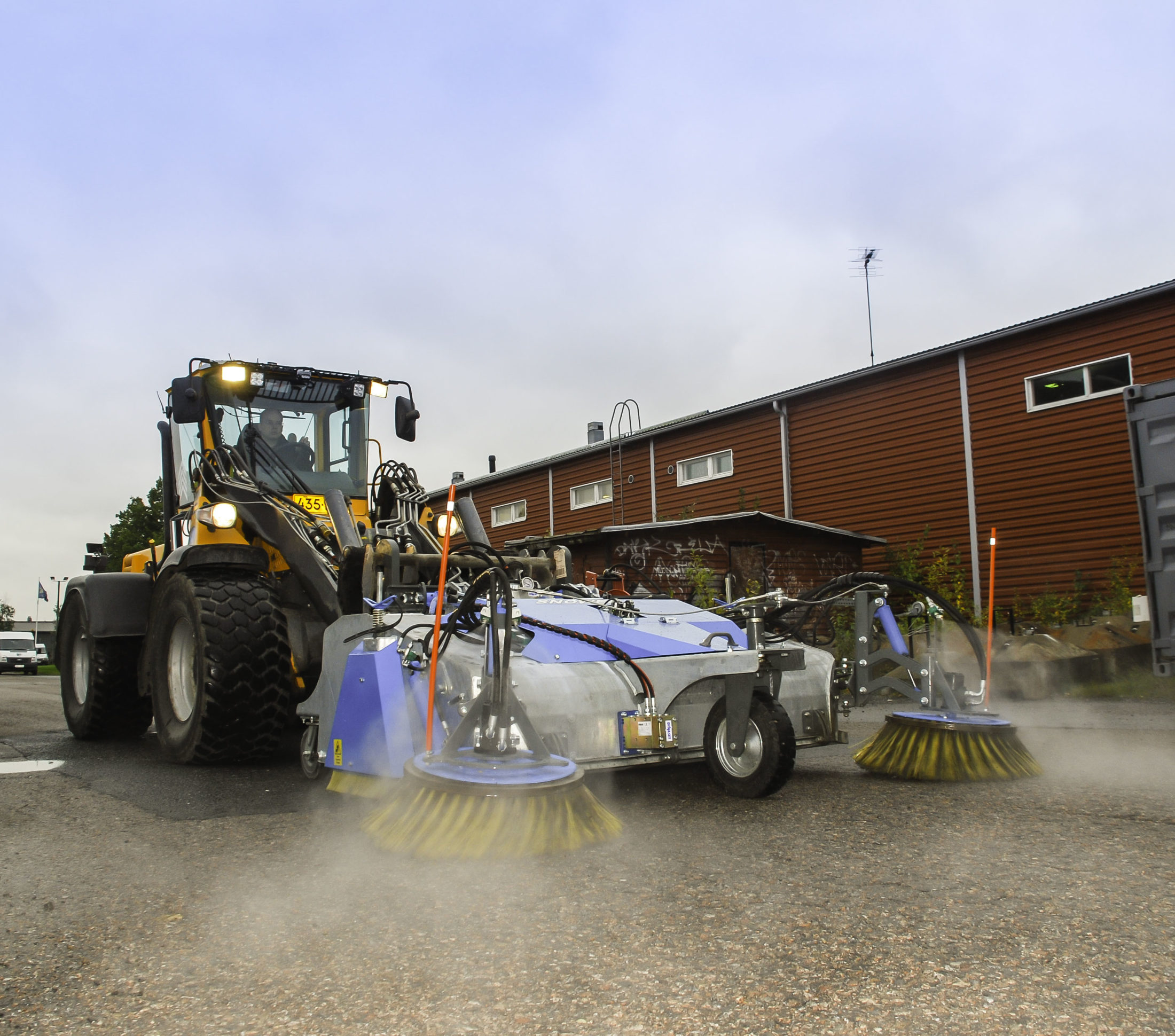Metropolia University of Applied Science has made an independent air quality research where they measured dust emissions before, during and two hours after street brushing. The test was made in 2013. What are the results and why this is relevant today?
Health effects of Particulate Matter (PM)
The discussion of the air pollution problem is always relevant. The size of dust particles is directly linked to their potential for causing health problems. According to United States Environmental Protection Agency, the health risk of small particles, less than 10 micrometers (PM10) in diameter, pose the greatest problems. They can get into lungs, and some particles might even get into the bloodstream.
Particles smaller than PM10 are linked to various health problems such as:
- Premature death in people with heart or lung disease
- Non-fatal heart attacks
- Irregular heartbeat
- Aggravated asthma
- Decreased lung function
- Increased respiratory symptoms, such as irritation of the airways, coughing or breathing difficulty
The Results of the Air Quality Research
An independent air quality research by Metropolia University of Applied Science measured dust emissions (PM10 dust particles) before, during and two hours after street brushing. The dust emission samples were collected with a mobile laboratory called “Sniffer”. The tests were operated with Snowek’s street sweeper equipped with DYNASET HPW-DUST High Pressure Dust Suppression System, two side brushes and a washing gun. Also, a traditional irrigation system was installed for result comparison.
Three equal length stretches were driven with a street sweeper:
- One without dust control
- One with traditional irrigation system
- One with high-pressure dust suppression system
The four key results of air quality research:
- The high-pressure dust suppression reduces 52% of PM10 dust concentrations compared to a low-pressure irrigation system while brushing
- PM10 dust concentrations are 82% less with high pressure dust suppression than without dust control while brushing
- The air remains cleaner after brushing when high pressure dust suppression is used
- Brushing momentarily increases the dust in the air with all brushing methods.
How High-Pressure Dust Suppression Prevents Dust Emissions?
High-pressure water mist is sprayed to the dust source, in this case around the side brushes, to prevent the dust particles from spreading in the air. The water mist forms “a cover” by tiny water droplets which suppress the dust efficiently.
The droplet size of high-pressure water mist is much smaller than the droplet size of low-pressure water. The very small droplet size of high-pressure water mist helps to contact most of the dust particles which will increase their mass and makes them to fall down to the ground. This enables to brush the street surface in dry state and collect the sand more efficiently without significant dust emissions.
